SAPIExcellence Fellows
SAPIExcellence is Sapienza's strategy to attract the best and most promising fellows, encouraging them to actively participate in the “Excellence” pillar of the Horizon Europe Framework Programme and, in particular, in the Marie Skłodowska-Curie Actions (MSCA) and the European Research Council (ERC) funding schemes.
Here is a brief description of some of our SAPIExcellence Fellows and their projects:
BE-FOR-ERC
 Lavinia CERIONI - BE-FOR-ERC 2024
Lavinia CERIONI - BE-FOR-ERC 2024
Words of Wisdom: Gendered Metaphors and Power Dynamics in Early and Late Antique Christian Literature (WoW)
WoW analyses how early and late antique Christian authors drew on gendered language and metaphors from the Sapiential books of the Septuagint – such as the portrayal of Wisdom as a woman – to shape and devise gender norms for women. By interpreting female biblical metaphors, these authors exercised significant influence over societal expectations and gender standards. WoW advocates for a re-examination of gender dynamics in antiquity, highlighting how gendered language shaped the power structures in the developing Christian communities.
By examining a broad literary corpus in Latin, Greek, Coptic, and Syriac, originating from diverse Mediterranean regions (1st–6th CE), this research offers a comprehensive and far-reaching analysis. The project begins by contextualizing key case studies on how the gendered metaphors of the Sapiential books were received in Christian literature. WoW draws on cognitive socio-linguistic theories, particularly focusing on how metaphorical language shapes social norm, and proposes a radical rethinking of the interpretative framework of women in ancient Christianity, combining reception studies with principles of conceptual metaphor theory.
WoW has two core objectives:
O1: To analyse the reception of biblical gendered metaphors in Christian texts by isolating and contextualizing quotations from the Sapiential books, particularly where Wisdom’s feminine personifications were used to shape gender expectations for women. This objective seeks to reconstruct diachronically the reception of female metaphors and unpack the conceptual processes that shaped women’s religious and social norms in Christian literature.
O2: To propose a theoretical framework that accounts for the ways in which gendered language shaped early and late antique Christian discourse on women. This objective aims to expose the power dynamics inherent in metaphorical language and how Christian authors wielded it to define gender norms in the formative centuries of Christianity.
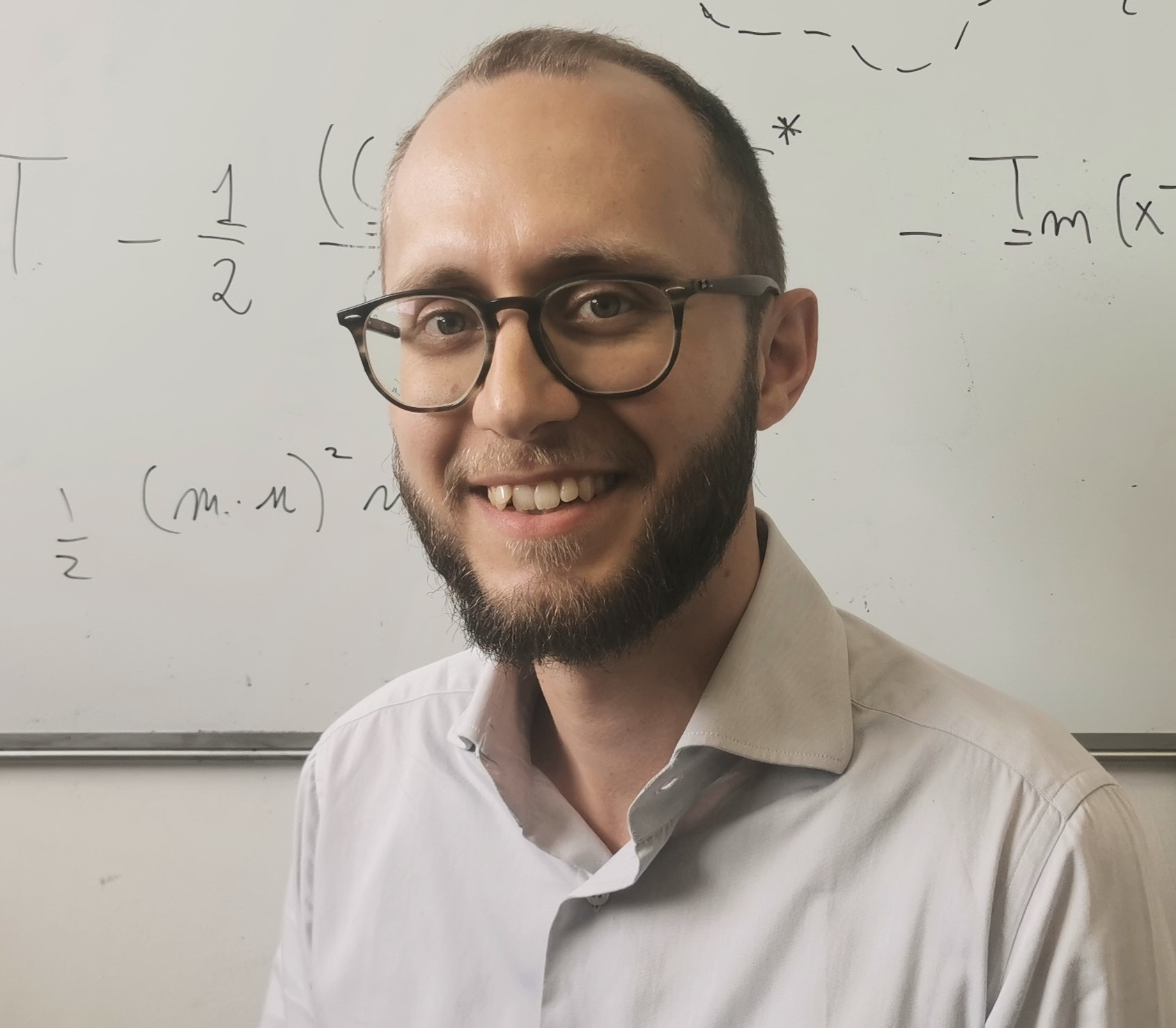 Giulio LUCCI - BE-FOR-ERC 2024
Giulio LUCCI - BE-FOR-ERC 2024
GAME-BioS Geometry and Active Mechanics interplay in Engineered Bio-inspired smart Structures
Living systems such as cells and tissues can react to stimuli coming from the surrounding environment by developing remarkable active forces. However, how these forces interact synergistically with the geometry of the surroundings to determine the final shape of a biological structure is not fully understood. Experimental observations have shown that tissue growth on curved substrates is strongly affected by curvature and active cell contraction, and active forces can also induce spontaneous shape changes in bio-inspired soft gels. Based on these observations, the project GAME–BioS aims at developing a mathematical and computational framework to describe how geometry and active mechanics drive the shape control of soft materials. The ultimate goal of the project is to provide a rigorous and effective supporting instrument for the engineering of bio-inspired smart structures, such as artificial tissues or self-contractile gels, combining theoretical modelling and Machine Learning. To do so, we will firstly resort to methods of Continuum Mechanics and Differential Geometry to describe the interplay between activity and surface curvature. By means of these tools, we aim at building a comprehensive mathematical model that is capable of describing shape transitions in soft materials, due to contraction- or curvature-induced instability phenomena. Afterwards, the project will focus on solving the inverse problem via Machine Learning techniques, that is, identifying and tuning the physical parameters required to achieve a target shape in a bio-inspired material. By training a Neural Network with both the simulation outcomes and the equations of the theoretical model, the Network will take the target shape as input and deliver the necessary parameter values as output. Overall, the development of the proposed framework may provide a unified picture for the description of engineered bio-inspired smart structures, which require an innovative, interdisciplinary approach.
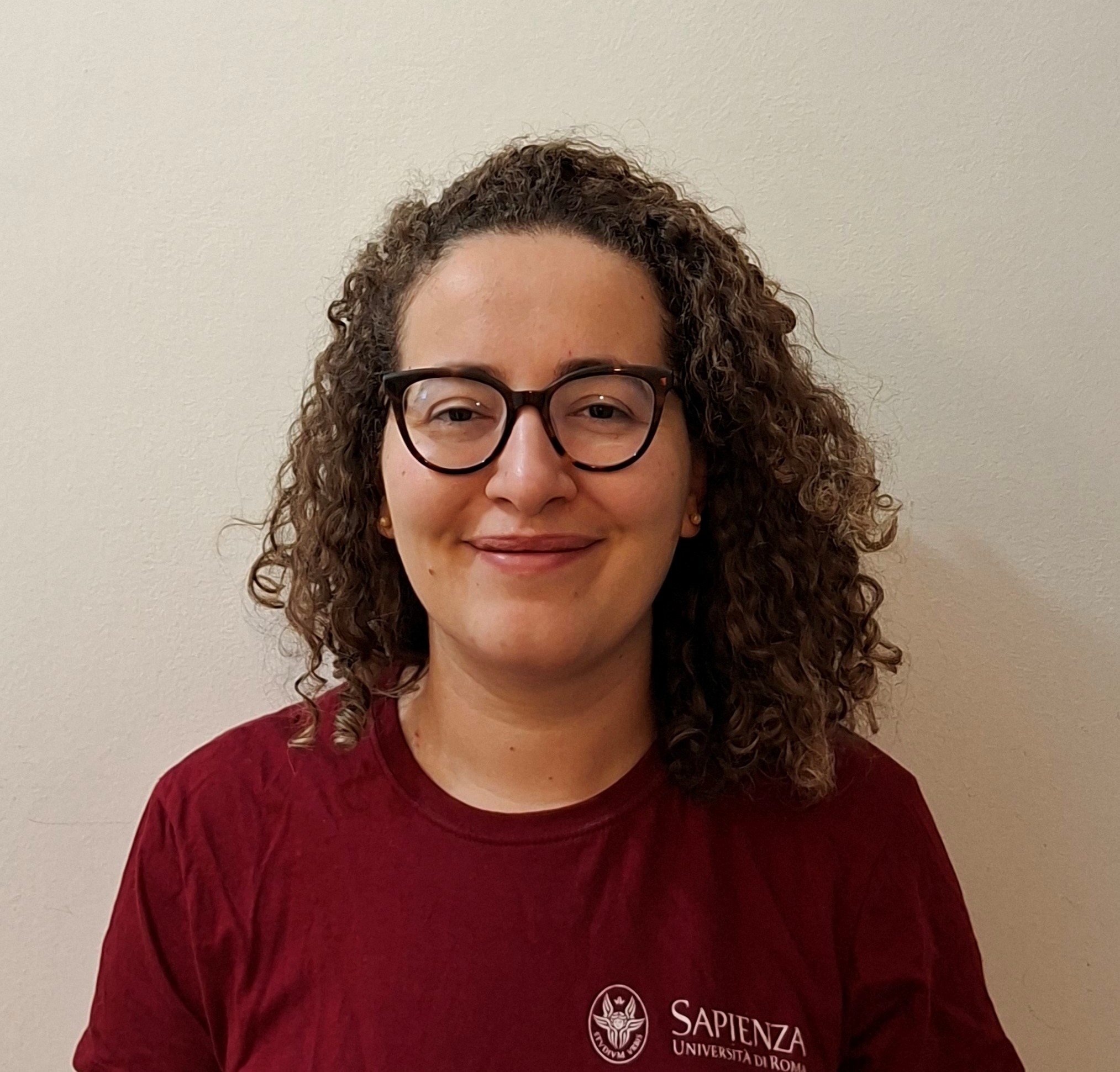 Marta MARUCCI - BE-FOR-ERC 2024
Marta MARUCCI - BE-FOR-ERC 2024
DISCRETE
DIScovering CRETE’s epigraphic poetic landscape
DISCRETE – DIScovering CRETE’s epigraphic poetic landscape is a research project focused on investigating Cretan poetic production during the so-called “Silent Centuries.” The island, heart of the Minoan and later Mycenaean civilizations, is deeply connected with foundational Greek myths, such as the birth of Zeus on Mount Ida and the figure of Minos, king of Knossos and lawgiver. Recognized as one of the cradles of European civilization for its artistic, religious, and political achievements, Crete nevertheless underwent, between the 6th and 5th centuries BCE, a sudden decline in cultural prominence and a gradual isolation from mainland Greece. During this period, writing did not disappear: archaeological excavations have yielded an extraordinary epigraphic record, including the earliest codifications of Greek law, such as the Gortyn Code and the Laws of Dreros. What seems to be missing, however, is a genuine poetic tradition. For the Archaic and Classical periods, literary evidence is limited to a few poets (Thaletas, Epimenides, Hybrias), and no metrical inscriptions are attested before the late 4th century BCE. DISCRETE aims to fill this gap. Through a multidisciplinary approach combining philology, linguistics, and epigraphy, the project investigates Cretan metrical inscriptions of the Hellenistic period, when epigraphic poetry (re)flourished, with the ultimate goal of reconstructing a “submerged literature” preserved only through inscribed verse.
 Francesco CARUSO - BE-FOR-ERC 2024
Francesco CARUSO - BE-FOR-ERC 2024
PlatoNIC
The Rediscovery of Platonism in Niccolò Leonico Tomeo’s “Dialogues”
The Rediscovery of Platonism in Niccolò Leonico Tomeo’s “Dialogues” (PlatoNIC) aims to be the first in-depth investigation into the pivotal role played by the Paduan humanist Niccolò Leonico Tomeo (1456–1531) in the transmission of Platonic philosophy in 16th-century Italy. Although Tomeo is primarily recognized for his position as a professor of Aristotelian philosophy at the Studium of Padua and for his commentaries on Aristotle’s works, PlatoNIC seeks to demonstrate that his Dialogues (15241, 15302) made a significant, yet largely overlooked, contribution to the post-Ficinian revival of Platonic texts in Europe. Drawing upon his direct access to Greek manuscripts, Tomeo translated and integrated substantial sections of Neoplatonic commentaries—texts largely unknown to his contemporaries—into his Dialogues without explicitly citing these sources.
PlatoNIC combines a range of methodologies to: 1) uncover the hidden presence of Greek Neoplatonic sources in Tomeo’s Dialogues; 2) explore Tomeo’s ‘library’ by examining manuscripts with marginalia attributed to his hand; and 3) analyse the argumentative strategies and theoretical motivations behind Tomeo’s ‘hidden’ use of these sources. As no comprehensive study of Tomeo’s Dialogues currently exists, PlatoNIC aims to fill a significant gap in the scholarship on Italian Renaissance philosophy and to highlight Tomeo’s Platonism, as well as his contributions to the philosophical debates of the early 16th century. Moreover, PlatoNIC could serve as the first step toward a broader investigation into the revival of Greek Platonism in post-Ficinian Italy, potentially becoming the central theme of an ERC Starting Project titled RE-Plato: The Rebirth of Greek Platonism in the Italian Renaissance.
 Marta ADDESSI - BE-FOR-ERC 2024
Marta ADDESSI - BE-FOR-ERC 2024
EWA
Egyptian Wisdom through the Ages: Teachings, Instructions and Sayings from Dynastic Egypt to Christian Egypt
Teachings and instructions represent a significant part of ancient Egyptian literature—so much so that they constitute a literary genre of their own. Works belonging to this specific textual category— commonly referred to by the technical term sbayt (‘instruction’)—are attested as early as the Old Kingdom, although they are often preserved in much later copies. Like many other genres deeply rooted in the Egyptian cultural context, sbAyt literature continued to be relevant through the ages, lasting until the Christian period in Egypt. Indeed, the Coptic literary tradition also includes works that belong to the domain of Wisdom literature, and their content shares many features with the traditional sbAyt literature. However, beyond specific cases of more structured collections, even more frequent are traces of proverbs—often borrowed from both Egyptian and classical traditions—embedded within Coptic literary texts of various genres. These proverbs bear witness to ancient wisdom preserved in Christian works. ‘Egyptian Wisdom through the Ages: Teachings, Instructions and Sayings from Dynastic Egypt to Christian Egypt’ (EWA) aims to investigate these traces, highlighting the paths through which they reached and expressed their enduring truths in historical, cultural, and religious contexts vastly different from their origins. This will be achieved through a thorough examination of Coptic literary texts and a comparison with classical Egyptian sbAyt literature, to identify influences and thematic continuities, with particular attention to gender-related issues. EWA’s goal is to lay the groundwork for a large-scale ERC Starting Grant project that will explore, from an interdisciplinary and diachronic perspective, the various forms taken by wisdom literature within the broader and multifaceted context of the Late Antique and Early Medieval Eastern Mediterranean.
 Antonio LAUDANDO - BE-FOR-ERC 2024
Antonio LAUDANDO - BE-FOR-ERC 2024
PlatAI
Digital business platforms of AI: old wine in new bottles?
Context. The holographic envelopment is the strategy through which digital business platforms enter or create new markets by replicating themselves. Recently, several digital business platforms have leveraged holographic envelopment to replicate themselves in the AI market. Notable examples include Microsoft and Google, which launched Copilot and Gemini, respectively. The rapid expansion of AI digital business platforms has prompted two key questions among strategic and innovation management scholars.
RQs.
RQ(1): Does AI represent a new technological trajectory? Or does AI stand in the dominant technological trajectory of digital business platforms?
RQ (2) What strategic levers enable digital business platforms to replicate themselves holographically in the AI market?
Objectives.
Obj 1 (linked to RQ1): to explore the relationships between AI technology and the machine learning and big data technologies of digital business platforms;
Obj 2 (linked to RQ2): to shed light on the strategic levers exploited by digital business platforms to replicate themselves in the AI market.
Methodology.
WP1: Realise a literature review on digital business platforms, envelopment strategies, and AI technologies.
WP2: Select and analyse 3 case studies of AI platforms to explore how they entered the AI market.
WP3: Conduct semi-structured interviews with managers from the selected AI platforms to gather in-depth insights into their strategies.
WP4: Triangulate the data collected from the literature, case studies, and interviews to identify patterns and links with the research objectives.
WP5: Develop theoretical frameworks answering the research questions.
Implications.
Scholars: clarifying the nature of AI technologies and how dominant digital business platforms have entered the AI market.
Practitioners: provide insights for businesses that want to integrate AI technologies into their existing digital business platforms.
Policymakers: provide significant insights for regulating AI platforms.
 Giulia CHIACCHIERINI - BE-FOR-ERC 2024
Giulia CHIACCHIERINI - BE-FOR-ERC 2024
DIET
A study on weight-loss Diet’s Impact on Emotions and Thoughts in rat models of psychiatric health and disease
The DIET project investigates the impact of low-fat, low-carbohydrate (LFLC) weight-loss diets on cognitive, emotional, and social functions in both healthy and vulnerable psychiatric conditions. Although LFLC diets are increasingly popular, their effects on brain function remain largely unexplored. DIET encompasses three objectives: (O1) assess short- and long-term effects of a LFLC diet on memory, anxiety, and social behavior in healthy rats, along with neural activity in key brain regions; (O2) identify the neuronal subtypes involved in behavioral responses to LFLC diet using in vivo imaging and optogenetics; (O3) examine how LFLC diet affects cognitive, emotional, and social domains in rats susceptible to PTSD-like symptomatology. The project uses cutting-edge technologies such as fiber photometry and activity-driven optogenetics in adult male and female rats. The findings will clarify how unbalanced weight-loss diets influence the brain and mental health, with strong translational potential for developing nutritional interventions aimed at promoting cognitive well-being and preventing psychiatric disorders.
 Sergio TARANTO - BE-FOR-ERC 2024
Sergio TARANTO - BE-FOR-ERC 2024
PAST EAT
Preserving Ancient Sustainable Traditions for Eating and Thriving
Archaeology is not only a tool to understand the past, but it can also offer concrete solutions to today’s challenges. Historical food practices, in particular, can provide useful models to address pressing contemporary issues such as the climate crisis and public health concerns.
The PAST EAT project is based on the belief that food is one of the most powerful means of telling and transmitting culture. Traditional foodways — with their techniques, rituals, and meanings — represent a rich and engaging heritage capable of attracting public interest and connecting people to history in a direct and sensory way. By reinterpreting and promoting these forms of knowledge, PAST EAT supports the dissemination of cultural heritage, making it vivid and meaningful for future generations.
PAST EAT thus acts as a bridge between past and future: a tool to rediscover our cultural roots through food, and at the same time a laboratory for imagining new ways of living and eating that are more in harmony with the environment and with our collective memory. The project goes beyond theoretical research, activating concrete experiences and engaging diverse audiences through initiatives that combine education, taste, and innovation.
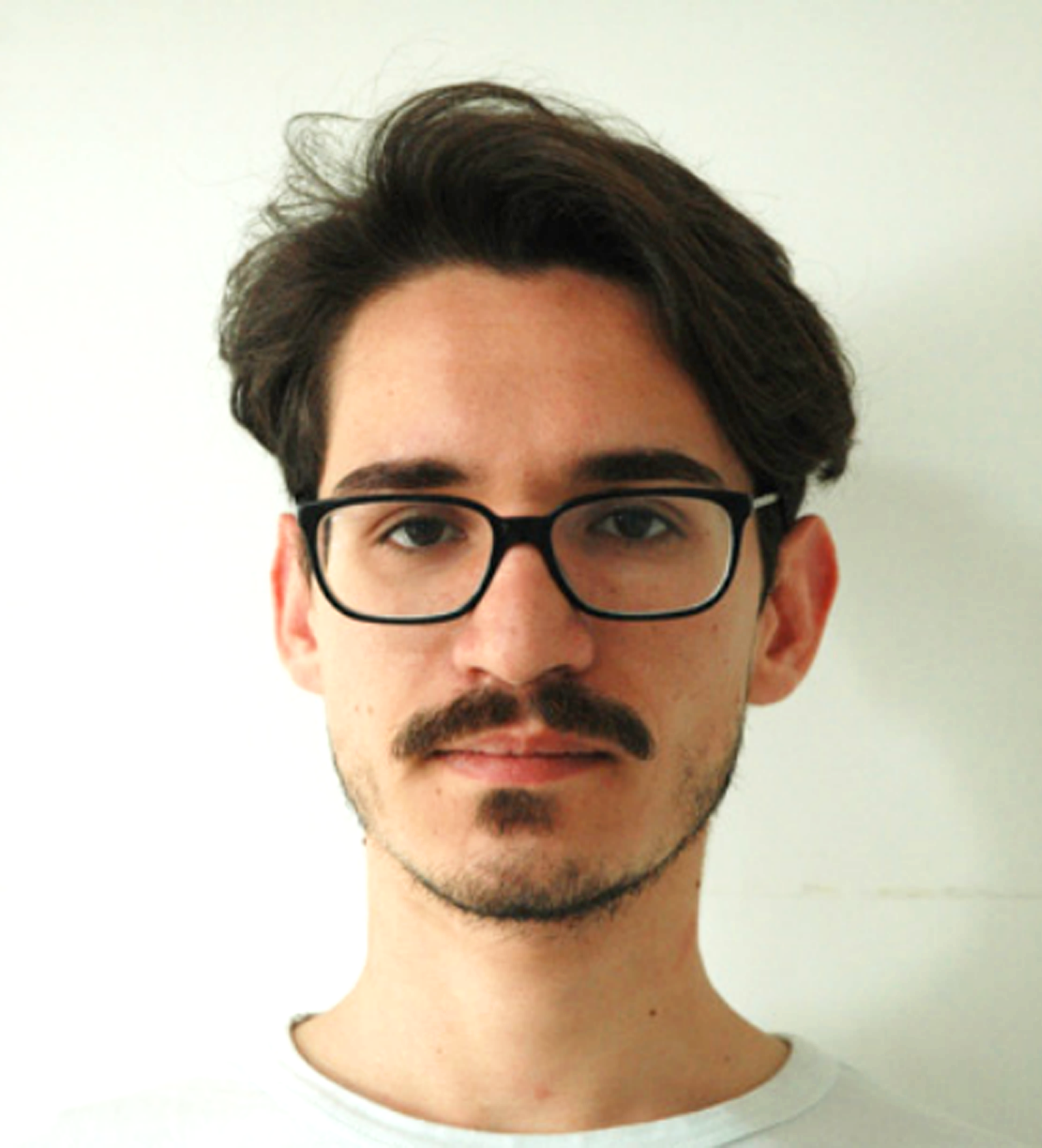
Vincenzo MASELLI- BE-FOR-ERC 2021
CCODE
Design, material experiences and stop-motion animation as didactic tools for developing creative thinking and cooperative learning
In the 20th century, the materialist epistemological horizon in pedagogical research recognised the essential contribution of the material and experiential components to learning paths. From John Dewey's 1938 reflections on the philosophy of experience and the experimental methods of the Montessori school to Bruno Munari's concept of 'gestural intelligence' and Riccardo Massa's 'educational materiality', and finally to the most recent socio-material approaches in the international educational debate, the focus of pedagogy has shifted towards the relationships between humans and materials within educational contexts. These studies have explored and theorised the ways in which learning and knowledge are rooted in action, thereby stimulating creativity, cooperation, and reflective thinking.
Starting from this theoretical framework and drawing on the 2030 objectives formulated by the OECD, the CCODE research project proposes an experimental learning method based on communication science tools and stop-motion animation. Comprehending and analysing a narrative text, transposing it into a screenplay, manipulating materials and applying the design principles of stop-motion animation are the stages and tools proposed to structure a novel, interdisciplinary method. This method is aimed at learning theoretical and technical concepts (educational objectives) and developing cross-curricular socio-emotional and cognitive skills (educational objectives).
The workshop experience presented here serves as a pilot experiment and will undergo validation in several stages using tools designed to evaluate the approach, method and tools, as well as the educational objectives achieved. The first phase of the research project will therefore conclude with an evaluation of the pilot workshop results, paving the way for future applications and further testing of the developed method.

Francesca BUFALIERI - BE-FOR-ERC 2021
DREAM
Defining the Role of the aminopeptidase ERAP1 in Hedgehog-dependent Medulloblastoma: the crossroad between targeted therapy and immunotherapy
In recent years, characterising the molecular pathways involved in tumourigenesis and developing a deeper understanding of the anti-tumour immune response have been fundamental to the development of new cancer treatment strategies.
We recently identified ERAP1 (an endoplasmic reticulum aminopeptidase and key regulator of the immune response) as an activator of the Hedgehog (HH) pathway, which is one of the most important developmental pathways. Inappropriate activation of the HH pathway has been associated with a variety of human tumours, including medulloblastoma (MB), a highly aggressive paediatric brain tumour. Due to the high degree of heterogeneity of MB and the ineffectiveness of current therapies, identifying new molecules involved in controlling the HH pathway is crucial for developing more effective and well-tolerated therapeutic approaches.
The main objective of this proposed project is to demonstrate the role of ERAP1 as a valid therapeutic target for the treatment of MB. This goal will be pursued both by further studying the molecular mechanisms involved in the function of ERAP1 and by acquiring new knowledge on the immunomodulatory effects of inhibiting this enzyme. The proposed study could pave the way for the development of innovative therapeutic options for the treatment of MB. The inhibition of ERAP1 would allow action on two fronts: a direct action to block tumour growth, counteracting the aberrant activation of the HH pathway; and an indirect action to enhance the immune system cells that are naturally active against the tumour.

Alexandros Maria HATZIKIRIAKOS - BE-FOR-ERC 2021
SSIEMC - Sounds, Spaces, and Identities in Early Modern Crete
SSIEMC investigates the cultural impact of Venetian colonisation of Crete (1211–1669) from the perspective of musical and sound events on the island. In particular, the project discusses phenomena of musical and cultural hybridisation in the sacred and secular musical life of the main Cretan cities, applying tools and methodologies taken from sound studies to the analysis of historical and archival sources. Furthermore, the project adopts perspectives drawn from cultural history, sociolinguistics and decolonial studies, which have so far been little considered in the discussion on the Mediterranean in early modernity.
SSIEMC addresses questions that belong to both musicology and cultural history: the Venetian colonial presence influenced not only the architectural and cultural landscape of Cretan cities, but also the sounds and sound elements that constituted the daily life of the local population. How did these changes, imposed by colonial hegemony, influence the social, cultural and religious identities of local populations? What can we understand about this process of change, friction and hybridisation by listening to the sounds of Cretan cities? What can this sound hybridisation (which involves not only music but also sounds, noises and linguistic diversity) tell us about the cultural encounters that took place in the early modern Mediterranean?
To answer these questions, SSIEMC will offer: a preliminary survey of all available information on Western music and musicians in Crete and their relationship with the local population, as well as the reconstruction, analysis and discussion of the soundscape of a Cretan city, taken as a specific case study.

Federica ROSSO - BE-FOR-ERC 2021
An innovative approach to resilience in urban areas, tackling major challenges: multi-objective strategies for the built environment
Today, 54% of the population lives in urban areas. By 2050, the world's urban population will reach 7 billion. At the same time, extreme weather events such as heat waves and torrential rains are exacerbated by climate change. As a result, cities will face increasing pressure in the coming years. At the same time, they have the potential to mitigate these challenges and contribute to the well-being of citizens by increasing resilience. To do this, both buildings and outdoor spaces can be exploited, although the focus so far has been on buildings. Furthermore, the performance of the built environment has never been considered in an integrated and multi-objective manner, but always by analysing individual aspects related to resilience. The innovative nature of the proposed project lies in its desire to bridge this gap by providing preliminary evidence for the development of an original framework for multi-objective resilience through original integrated methodologies.
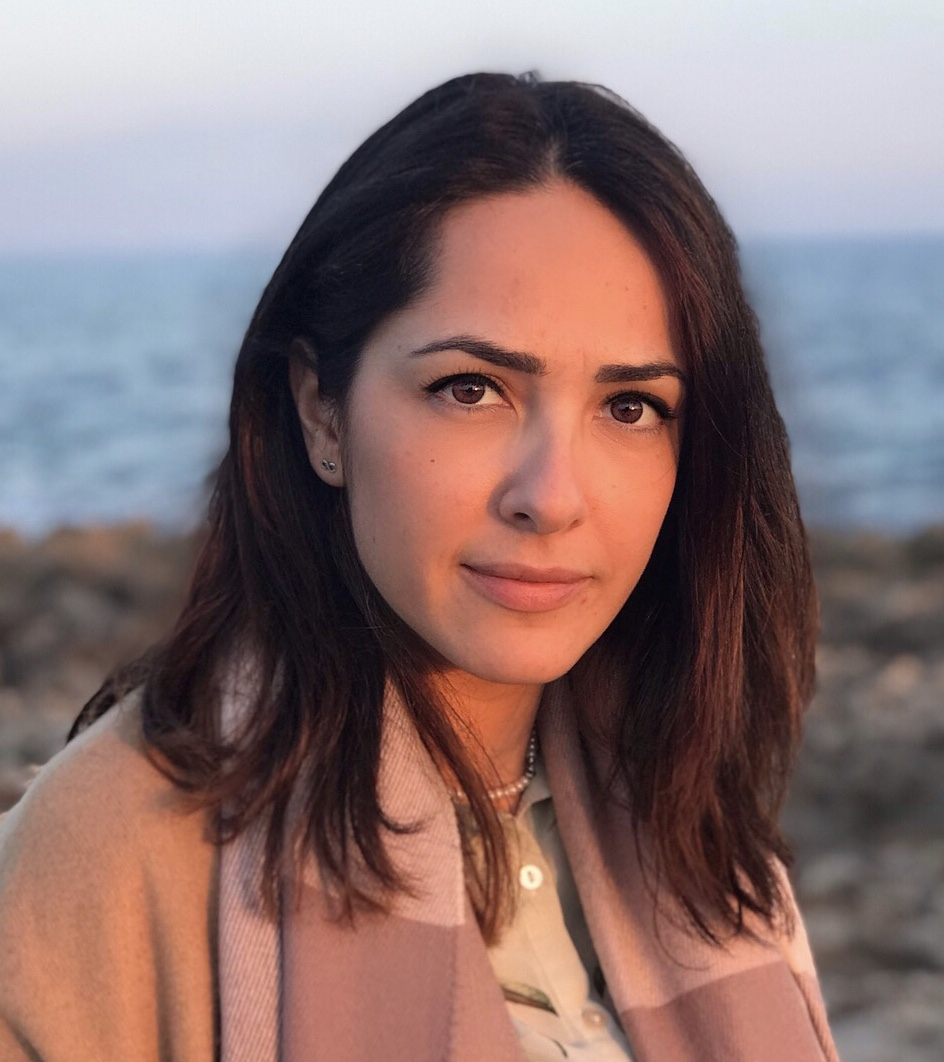
Sara BOZZA - BE-FOR-ERC 2021
ArchAnatolia
Architecture and Cultural Transfer in the Roman Empire.
Italic Building Techniques and Skills in the Provinces of Ancient Anatolia
The project aims at the historical reconstruction of the dynamics of cultural and technological transfer within the Roman Empire by investigating the diffusion and reception of Italic building techniques in the provinces of ancient Anatolia between late Hellenistic and Imperial period (1st cent. BC-3rd cent. AD). This territory is selected as a highly representative context for its long architectural tradition and its rich archaeological evidence. The project intends to contribute to the current debate on the impact of Rome on the provincial material culture, by investigating the dynamics of acculturation, exchange and interaction.
The research aims to examine the regional and urban contexts and the monumental types influenced by the combination of local and Italic construction traditions; the personalities and professionals connected with the spread of Western techniques in Asia Minor; the ideological and economic interests underlying this technological transfer. In this perspective, the research will offer new insights into the forms of knowledge transmission activated by human mobility, within the globalised network of the Roman Empire.
The objectives will be achieved thanks to a multidisciplinary methodology, based on a contextual and detailed analysis of monuments, through the creation of a geodatabase and the development of 3D models of buildings. The contribution of archaeometric data from selected case studies and literary and epigraphic sources will also be fundamental.

Davide BADANO - BE-FOR-ERC 2019
LaceEvo
Tempo and Mode of Lacewing Evolution
Davide Badano is a BE-FOR-ERC research fellow at the Department of Biology and Biotechnologies “Charles Darwin” Sapienza University of Rome. His research activity is focused on the evolutionary history, biodiversity and post-embryonal development of holometabolous insects, the most diverse group of animals on earth. The aim of the BE-FOR-ERC project is to study the factors that triggered the evolutionary success of insects and how these organisms played a role in shaping modern ecosystems. LaceEvo investigates the evolution of Mesozoic insects to reconstruct their phylogenetic affinities, behaviour, and ecological role in Cretaceous ecosystems. The application of modern investigation techniques, to the study of amber-preserved specimens, such as X-ray microtomography, reveal anatomical details that are not appreciable with traditional methods, thus allowing to perform thorough morphological comparisons with modern species. The integration of paleontological data with the morphological and molecular signal from extant species allows to run phylogenomic analyses enforcing a wide range of statistical inference methods. This holistic approach permits to achieve a better understanding of the key features that influenced the evolutionary success of insects and their ecological relevance.
 Fabio Giorgio CAVALLERO - BE-FOR-ERC 2019
Fabio Giorgio CAVALLERO - BE-FOR-ERC 2019
Arch&Dir
Archeology and Law: the Roman conquest of Lazio
In 1959 De Francisci wrote: “The reconstruction of primitive institutions requires excavation work: and when it is well conducted... one can always hope to be able to make some new contribution to the knowledge of pre history or of proto history of institutions. From Primordia Civitatis, 60 years have passed in which the “stratigraphic” investigation of roman law was further developed leading to results that proved to be indispensable for the interpretation of some archaeological finds( e.g Curiae Veteres). In the same period the knowledge of the ancient cities and of their territories has grown exponentially thanks to the creation of computerized archeological maps, the only ones capable to allow the collection and analysis of all sources(archaeological, literary, etc) necessary for the reconstruction of urban and extra-urban landscapes in different eras. Despite their parallels evolutions, archeology and law rarely met. This research intends to integrate the two disciplines using ancient Lazio in the period between the end of VI and the IV sec B.C, as a research area. The goal is to reconstruct the organization of Lazio given by Rome through the development of new legal instruments.
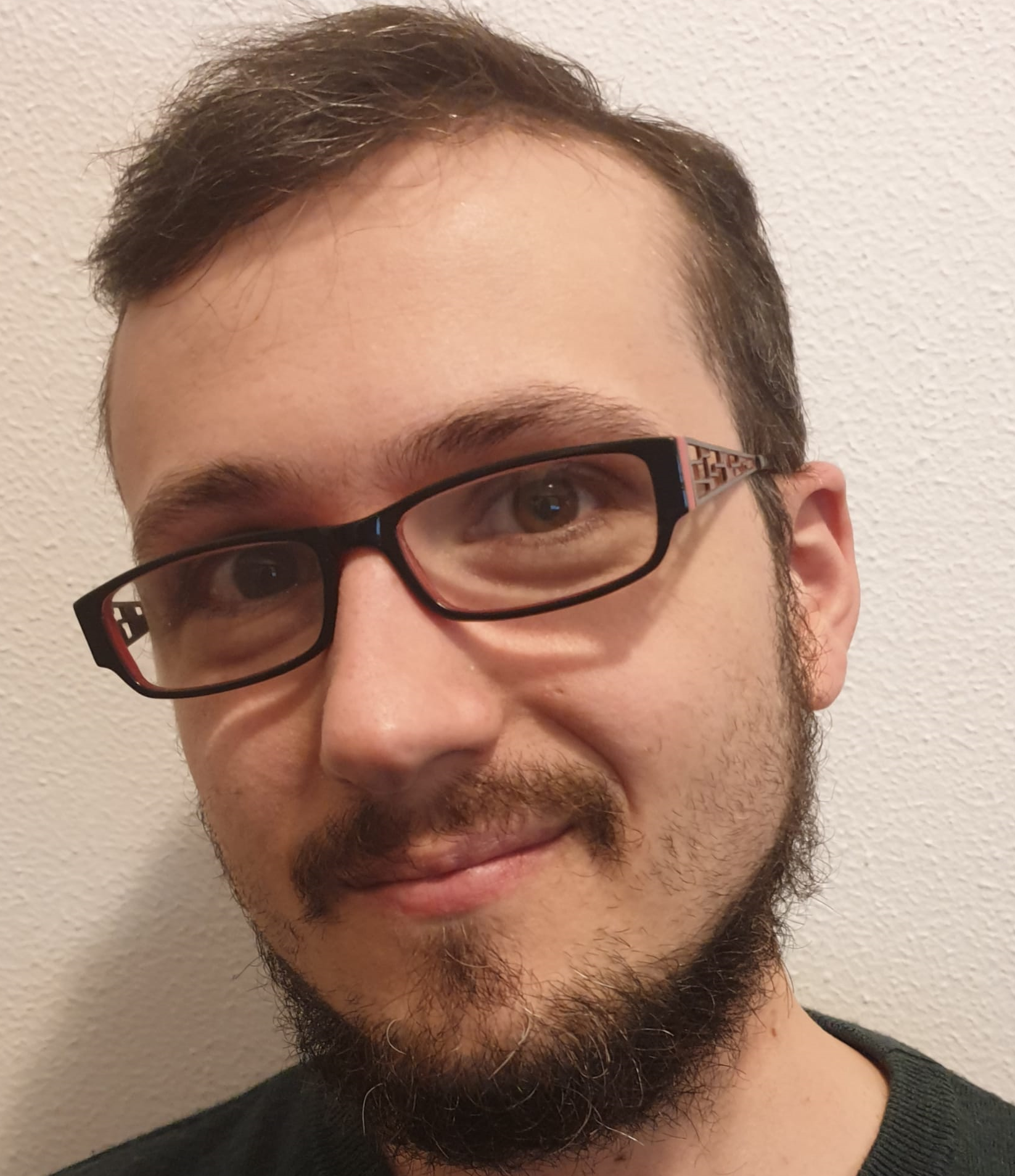
Gabriele RUFFOLO - BE-FOR-ERC 2020
SynEPTOR
A study of synaptic transmission in epileptic mTORpathies
The SynEPTOR project is focused on the study of severe diseases of brain development such as cortical dysplasia (FCD) and tuberous sclerosis (TSC), known as “mTORpathies” because they share the hyper-activation of the mTOR protein.
This hyper-activation seriously impairs the development of the nervous system and the efficacy of neurotransmission, thus causing serious consequences in patients ( such as autism, neuropsychiatric disorders and drug-resistant epilepsy).
The aim of SynEPTOR is the detailed study of neurotransmission in these pathological conditions through molecular biology and electrophysiology techniques on human tissue. This will allow to characterize the cell signaling pathways through which, starting from the mutation of mTOR, the alterations of the synaptic transmission occur and therefore to identify potential therapeutic targets that allow to recover a correct function of neurotransmission.
This project based on the study of physiological mechanisms will help to lay the foundations for transferring this knowledge also to clinical practice, with the objective of being able to restore physiological neurotransmission also in the patient.
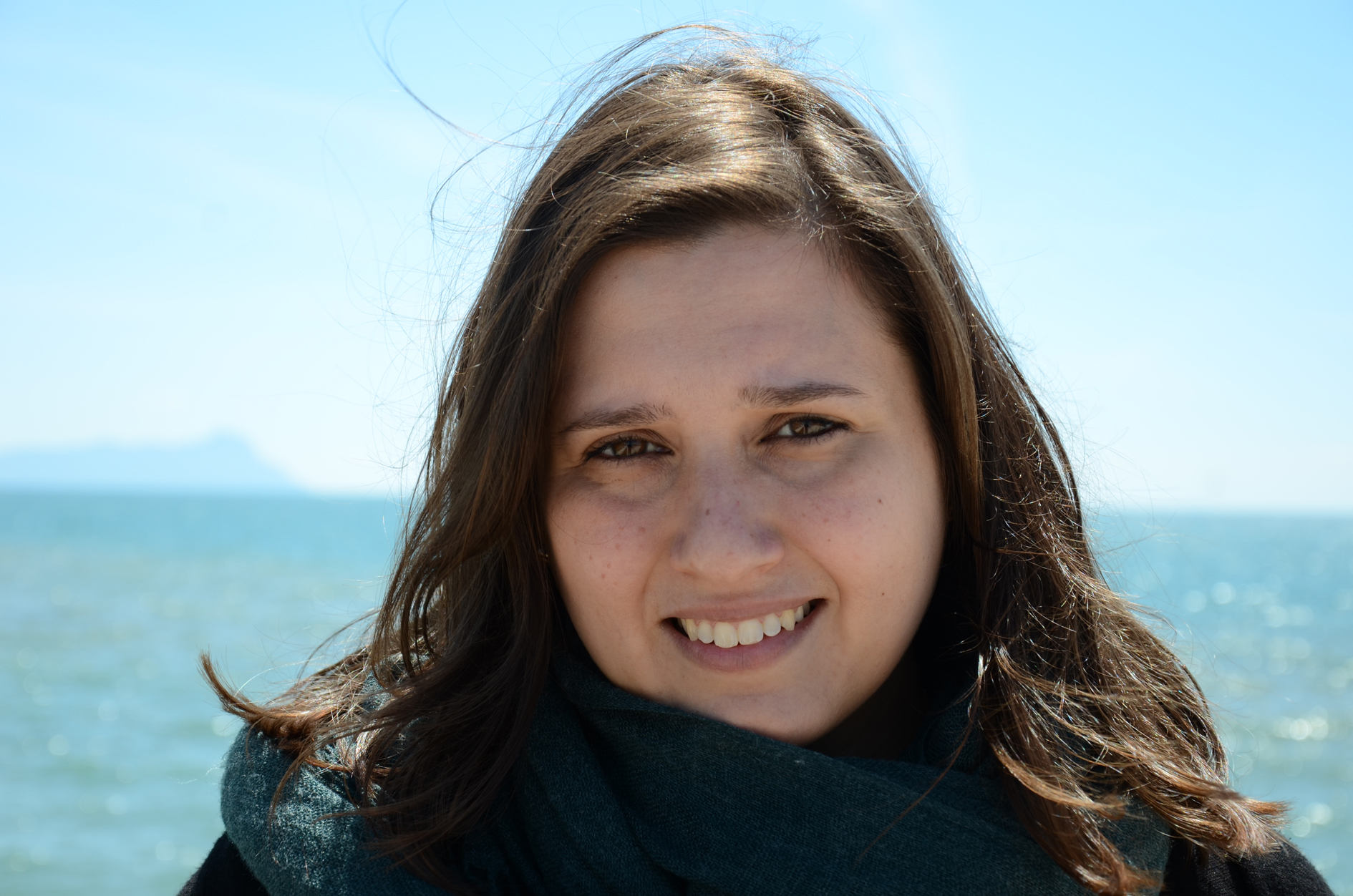
Laura EBANISTA - BE-FOR-ERC 2019
UAV (Updating Archaeological View)
Remote sensing: The use of low-altitude multispectral sensors for the archeological diagnostics
The research project involved the experimental analysis of the data acquired by a multispectral camera transported by UAV and their interpretation in the context of the archaeological diagnostics. Specifically, a Sentera 6X multispectral sensor was tested (five 3.2 mpx cameras for the spectral bands of Blue, Green, Red, Red Edge and NIR and a 20 mpx RGB camera), transported by Phantom 4 UAV. Vegetation indices were processed with the bands acquired, mainly the NDVI index. This latter shows analogies with the crop marks known in the classical photo-interpretation.
The data obtained was considered in the light of the meteorological and seasonal condition. It was decisive for the methodological analysis, in fact the phenological variations are fundamental for the correct acquisition, processing, reading and interpretation of the data.

Gianluca DI FLUMERI - BE-FOR-ERC 2020
Brain2gether
A multimodal neurophysiological framework for team performance assessment in high-responsibility environments
Nowadays, most human operational activities are based on the interaction with complex technologies and between two or more operators. It becomes crucial to be able to monitor the operator’s performances during his activities in such a complex scheme, in order to prevent unsafe and risky situations due to sudden mental and physical impairments that could lead to making mistakes. Innovative approaches, including the psychophysiologica assessment of the operator, have recently been proposed in addition to traditional methods (e.g questionnaires). In this regard, the new concept of Human Performance Envelope (HPE) has gained attention. The HPE is a theoretical model that characterizes the operator’s performance as the combination of its concomitant Human Factor (HF), such as the mental workload, the stress and the attention. However, in various high-responsibility environments, operational activities are often carried out by teams of three or more operators. In this case, the safety and success of an activity could depend not only on the performance of the individual operator but also on their effectiveness teamwork.
The Brain2gether project aims to (i) define an innovative multimodal “data-driven” approach capable of evaluating the HPE of operators by means of neurophysiological measures (EEG, ECG, GSR), and (ii) then extend it to the new revolutionary concept of Team performance Envelope (TPE), i.e the evaluation of the performance of a team of operators as a whole. These results will be achieved by using in an innovative way: the Hyper scanning technique and the methodologies deriving from the Graphs theory and from Machine Learning domain
The concept of evaluating, even in real time, the performance of a team with multiple users by abstracting a synthetic model of Team Performance Envelope is completely unexplored and it would certainly be ground breaking for the scientific community as well as for its applications for society.

Giovanna PARMIGIANI - BE-FOR-ERC 2020
ASIDE
Artificial Intelligence approach to Structuring Insanity Defense Evaluations
Insanity defense represents one of the most controversial and debated evaluations that forensic psychiatrists and psychologists perform. Despite the efforts to structure the insanity evaluation, to date, a valid model that could be useful to guide forensic psychiatrists’ criminal responsibility assessments in different jurisdictions, is lacking. This is a gap that needs to be addressed, considering the significant forensic and procedural implications of psychiatric evaluations. We developed an instrument, the Defendant’s Insanity Assessment Support Scale (DIASS), which can be useful to support, and structure the insanity assessment across different jurisdictions, in order to improve their reliability and consistency. In recent years, artificial intelligence (AI) methods and machine learning (ML) have been receiving growing attention and have been applied in diverse fields ranging from computational biology to biomedical and medical applications. In the forensic field, ML techniques have been mainly employed in the area of Neuroprediction, with applications in assessing the risk of crime recidivism in several contexts, such as sentencing. The aim of this study is to apply AI methods and ML knowledge (acquired thanks to the collaboration with the Computer Science Department in the Sapienza Research Call winning project “Artificial intelligence in psychiatry: virtual doctors for treatment recommendations among pregnant women with depressive disorders”) for the development of a model to guide and support insanity evaluations. This model will be developed through the exploitation of:
1) Retrospective data available in 320 forensic psychiatric reports made in criminal proceedings and already used as evidence in the trial, provided by 16 forensic psychiatrists from Northern, Central and Southern Italy.
2) Prospective data available from 100 forensic psychiatric reports performed with the use of the DIASS (ongoing project).
3) Expert knowledge in the relevant forensic domains.
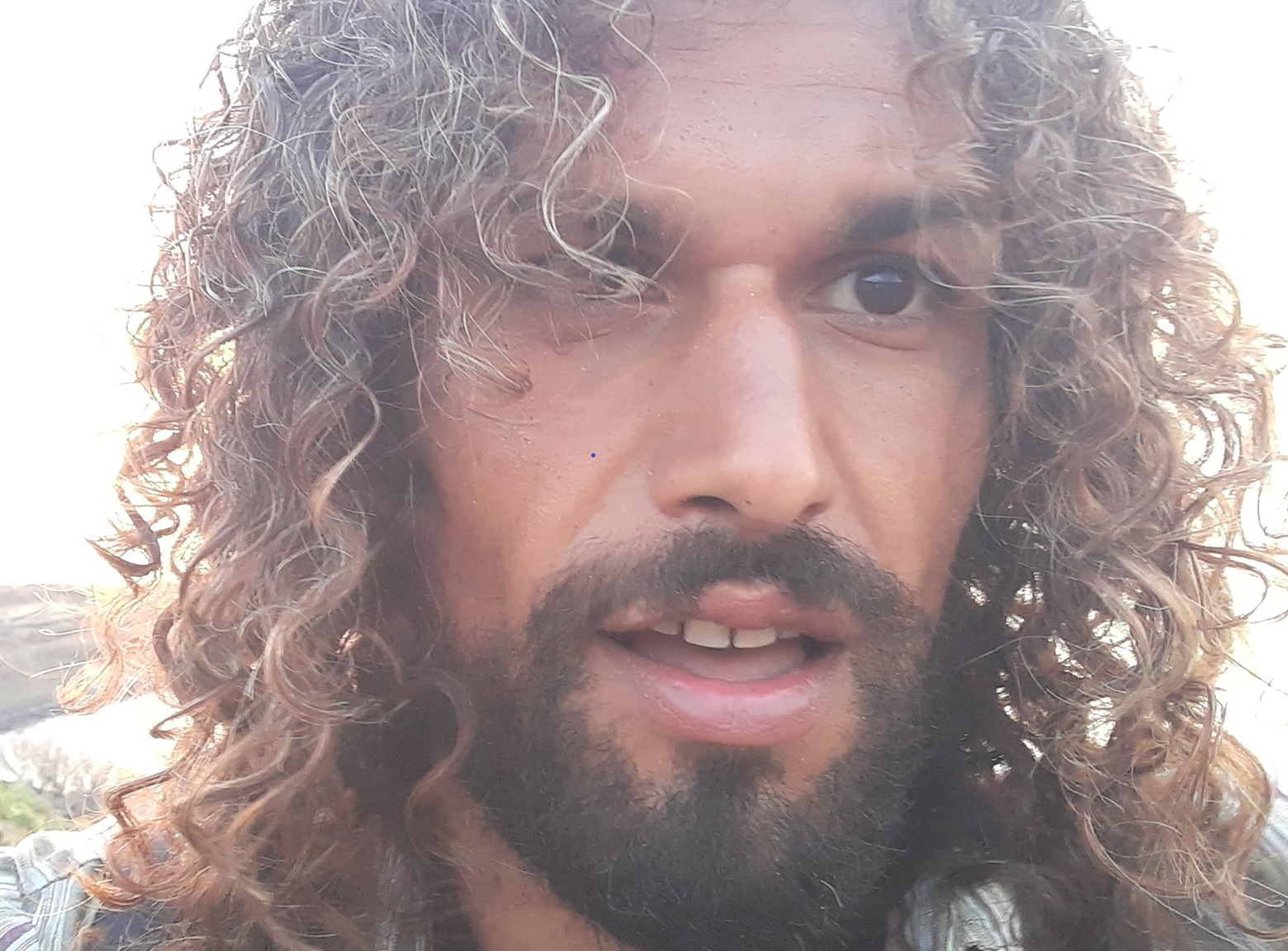
Antonio FRANCIOSO - BE-FOR-ERC 2019-2020
SulPhenOx
Nature’s gifts have been used by mankind since ancient times, from the Amazon poisons used by natives up to more modern phytochemical based drugs. Terrestrial plants have always represented a good source for natural bioactive compounds discovery, e.g. phenolic secondary metabolites. Same chemical entities present in species coming from “distant kingdoms” often show a wider variety of biological activities, also thanks to the ability to interact and “communicate” with different biological systems. An example is represented by iridoids, a central biochemical bridge between plant and animal kingdom. These compounds, synthesized both in plants and insects, are a key tool for intra-species and inter-kingdom communication and their functions and biological activities are strongly connected. Another biochemical bridging point between two distant worlds such as terrestrial and marine organisms is represented by the class of sulfur-containing compounds. My preliminary ground-breaking results have highlighted for the first time the presence of the same organic sulfur metabolites in marine organisms and in humans.
This project is aimed to identify and characterize novel key common intermediates from the metabolism of evolutionally distant living beings, with a particular focus on sulfur metabolome. Conserved bridging points in the chemical evolution of “Life” will be investigated in ancestral marine and terrestrial organisms, plants and animals. For this purpose a metabolomics-based platform with advanced analytical methods, i.e. chromatographic, spectroscopic and spectrometric methods, will be set up. Different biological systems will be used for the evaluation of the role of converging common metabolites and sulfur-containing compounds in physiological and pathological conditions. Sulfur metabolism will be furthermore investigated in relation to nitrogen and carbon in order to provide a more complete scenario and shed light on the still unclear sulfur biochemical cycle.
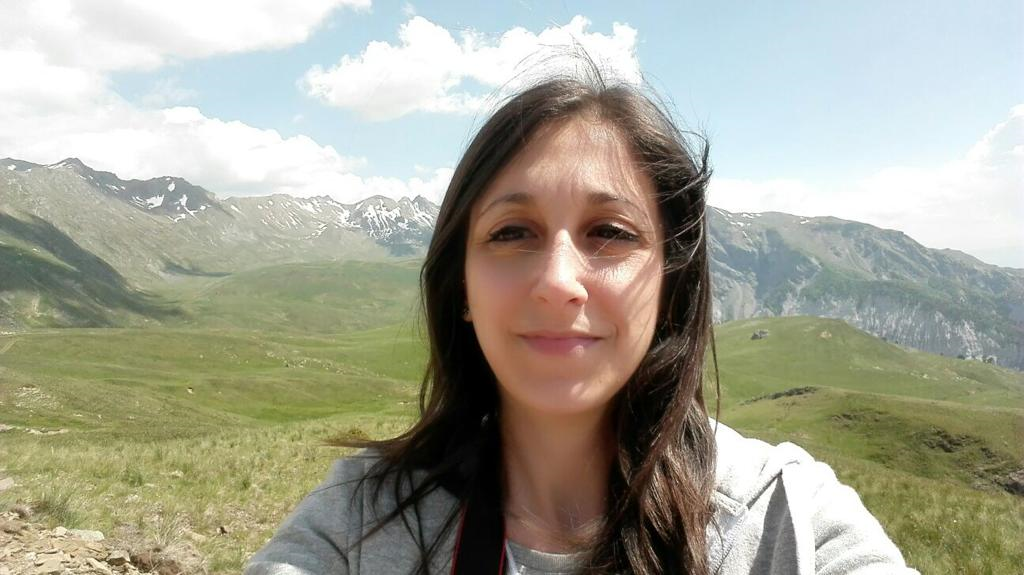
Michela PACIFICI - BE-FOR-ERC 2019
AnIMalNICHE
Anthropogenic Impact on the Mammalian Climatic Niche
Broad-scale destruction of natural habitats, in particular tropical forest, overexploitation of natural resources, and competition with/predation by introduced species are the primary sources of terrestrial biodiversity loss. Since the 1970s the human population has doubled, leading to increased anthropogenic pressures that have caused the size of animal populations to fall by almost half. However, the relationship between human activities and species distribution and abundance is complex. Every species has a climatic niche, which is the set of large-scale precipitation and temperature conditions where that species occurs. The niche can reflect physiological tolerances to these climatic conditions (fundamental niche), but can also be influenced by other factors, such as biotic interactions or human activities (realized niche). The latter is usually measured through models that relate the geographical distribution of species with climate in a given time. This implies that, according to the factors limiting the distribution of species in the time interval considered, the modelled realized niche of a species can vary.
In the AnIMalNICHE project I plan to collect historic (1970s) and current distributions of terrestrial mammals and use them as a basis for building the climatic niche of species. I will compare the two niches of each species to identify changes in their breadth. I will then identify the climatic areas lost to understand niche breadth change, and will use anthropogenic factors (e.g. land use change, change in human population density) as correlates of this change. This will enable me to understand which variables have been more important in shaping the climatic niche of species, thus allowing more accurate predictions of their future potential distribution. I will focus my analyses on mammals because they have greater availability of historical distribution data and show also the largest contractions in their distribution compared to other taxonomic groups.

Angela POLA - BE-FOR-ERC 2020
IMAG-O - Beyond the Images? The organic residue analyses (ORA) and a new interdisciplinary approach for the study of uses and functions of figured pottery
Traditionally, figured pottery has mostly been analyzed with the attributionistic/chronological purposes of identifying painters and workshops and cataloguing its rich figurative repertoire, underestimating the undeniable fact that beyond the rich mythological representations a figured vase is also a functional object whose shape and decoration are closely connected to its practical use and function within society. The hermeneutic potential of the contexts of provenance of these objects have therefore often been underestimated, and their functional aspect has been almost completely overlooked. By comprehensively addressing this weakness, IMAG-O aims to fill in this gap through a ground-breaking interdisciplinary approach based on the interconnection between traditional archaeological methodology, archival research and the systematic application of chemical investigation to identify the commodities contained in the vases (organic residue analysis: ORA). The study of vessels with secure contextual data belonging to one of the most important red-figure production centres of the entire Etruscan-Italic area - the Faliscan red-figure pottery of the 4th B.C.- will represent cutting-edge research, which will allow for a complete investigation of the relationship between shapes and contents, their consistency and possible variation in connection with different contexts of use (necropolis, sacred areas, inhabited areas) and the possibility of establishing specific links between functions and representations. A comprehensive analysis of the uses and functions of figured vases will be presented for the first time, opening up new research perspectives for the study of other Mediterranean contexts.
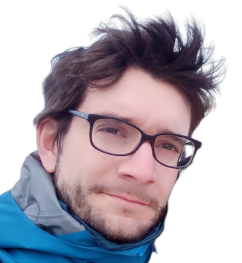
Simone MELZI - BE-FOR-ERC 2020
NONLINFMAPS
Non-linearity in functional representation of geometric data
The functional maps (FM) is an effective and well-established method for shape matching in several applications such as computer graphics, medical imaging, computer-aided design, and biomedical data analysis, among many others. In the last few years, a large quantity of research has been dedicated to this topic, giving rise to new analysis and implementation of innovative methods. The interest in FM arises from its efficiency, its effectiveness and the several applications in which FM can be involved. Given two 3D shapes, FM focus on the correspondence between the functional spaces defined on two surfaces rather than between the points of their 3D embeddings. A small matrix can compactly encode the FM representing the functional spaces on a fixed basis. A common choice is to approximate the functional space as a linear vector space through a truncated subset of the Fourier basis. In most cases, only the vector space structure of functional spaces is exploited, but not their algebra, i.e., the ability to take pointwise products of functions. With NONLINFMAPS, I aim to reinforce the FM injecting the non-linearity in the framework through new representations of the functional spaces and innovative techniques for the conversion of the FM in a point-to-point correspondence. The main motivations of this proposal are twofold. First, there is evidence that non-linearity encodes essential map properties. Second, the non-linearity of maps between embedded surfaces makes non-linearity more suitable to extract high-quality correspondences from FM. Based on these new insights, I will design efficient algorithms and entirely new applications for different shape representations, such as graphs, point clouds and volumetric data.

Davide PIERANGELI - BE-FOR-ERC 2019
SPIM
Spatial Photonic Ising Machines
Classical and quantum physical systems that evolve according to an Ising model are currently attracting broad research interest as novel computing architectures for solving optimization problems that cannot be tackled efficiently on large scales by conventional electronics. The SPIM proposal aims at developing a novel class of photonic Ising machines that exploits the spatial degree of freedom of light for parallel processing large-scale spin systems. Employing spatial light modulation technology in neural network schemes, the project intend to demonstrate a major breakthrough in the realization of high-speed and scalable novel computing hardware for hard optimization problems and machine learning implementations.
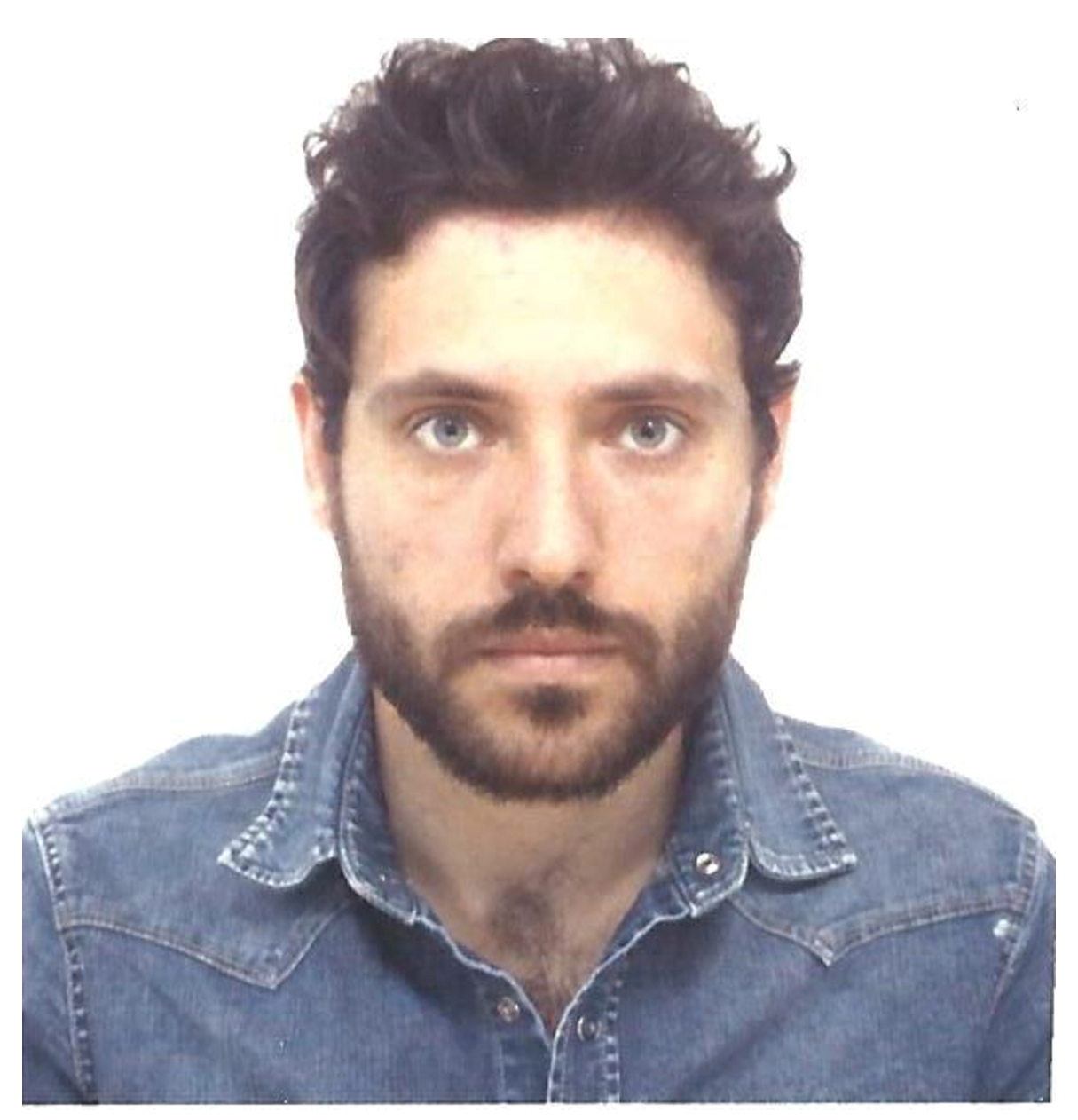
Francesco DE STEFANO - BE-FOR-ERC 2020
Ur-Sit
Urbanization in southern Italy. Social structures and changing landscapes at the dawn of the city((8th-7th centuries BC)
The Ur-SIt Project aims to analyze the rise of urbanization in Southern Italy by examining changes, transformations or continuities in the social structure and in the settlement landscapes of the communities involved in this phenomenon.
Over the last thirty years our knowledge on ancient cities and their territories has considerably grown, thanks to new acquisitions in the fields of archaeological research and historical studies. At the same time, the development of innovative technologies and spatial analysis models, such as digital mapping techniques and Information Systems, have provided new effective tools for the management and study of the numerous and heterogeneous information sources (archaeological, environmental, literary, epigraphic etc.) relating to the ancient world and its transformations over time. Nevertheless, Southern Italy still lacks a large-scale and diachronic research program addressing the origin and evolution of the urban form in its physical dimension (town planning, territorial strategies) as well as in the socio-political one. The Ur-SIt Project wants to focus the attention on the genesis and organization of the city in this area by examining the social processes and transformations in the settlement patterns of the communities involved in this phenomenon between the 8th and 7th centuries BC. This will be done by applying an innovative and multidisciplinary approach, based on up-to-date social and spatial analytical methodologies and on the implementation of a Geographic Information System (GIS) designed to collect and manage all the available archaeological, historical and environmental data on these contexts. This will allow the development of new exegetical models and research perspectives on the formation of the very first urban landscapes in Southern Italy.
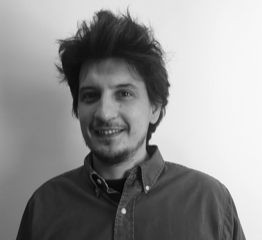
Matteo DELEIDI - BE-FOR-ERC 2020
REVOLUTION
Rethinking Economic growth: macroeconomic implications of mission-oriented innoVation pOLicies and pUblic invesTment in InnovatiON
REVOLUTION aims at promoting a fundamental shift in the way fiscal policies are conceived by providing relevant guidance for re-orientating them towards those classes of public investments that are able to stimulate economic growth in the most effective way. This would allow to meet the objectives of the 2030 Agenda for Sustainable Development Goals of fostering innovation and guaranteeing inclusive and sustainable economic growth, which is today even more relevant for addressing societal crises as the one produced by the COVID-19 pandemic. To do this, a new field of research will be explored by investigating the macroeconomic effects generated by public investments in innovation and mission-oriented innovation policies, which are currently at the core of the industrial strategy of several advanced countries. The ambition of REVOLUTION is to lay the foundations for a pioneering and multidisciplinary approach combining key insights from both the literature on public and private innovation and the macroeconomic literature on fiscal multipliers and secular stagnation with advanced empirical and computational models.

Maria FALLICA - BE-FOR-ERC 2019
PatrAntOr
Origen Among the Reformers: an Authoritative Voice in the Patristic Anthologies
Like a witness in open court, or a building block in a new edifice, the support of ecclesiastical writers from Antiquity was often claimed in the early years of the Reformation, when the urgency to answer the accusations of novelty and breakdown of Christianity from their opponents was more acute. Patristic anthologies were the perfect medium in a battle for the minds and hearts of believers, with the passages from the Fathers of the Church selected in order to prove, explain, and promote the articles of the faith and testify to its antiquity. My project is first of all to investigate these important yet still unknown texts from the point of view of their reception of Origen of Alexandria, one of the most important theologians of Early Christianity. My work will then analyze the legacy of Origen’s thought in an intimate connection with the construction of orthodoxy and the history of exegesis in an era of religious turmoil. I will combine a philological analysis able to shed light on the relationships of dependence between the anthologies with the methodology of reception history, which will reveal Origen’s peculiar role, focusing in the most important doctrinal dogmas of the era. The project will therefore offer a more refined analysis of the historical reasons of Origen’s reception and its consequences in the self-understanding of the churches and their doctrinal and pastoral attitudes. At the same time, my approach will derive its uniqueness from the analysis of texts which are almost completely unstudied, but nonetheless of enormous interest for the history of teaching, debating, and learning with the Fathers. My project will promote the knowledge of these texts in the academic community and beyond, offering an innovative point of view of the Nachleben of Antiquity in the modern age, highlighting the conflict of interpretations of Western Christianity through the tracing of the destiny of Origen's thought.

Francesca GHIRGA - BE-FOR-ERC 2020
NATCHEM
Natural product chemistry as a useful tool to develop new drugs for the treatment of Hedgehog-dependent tumors
State of the art: Aberrant reactivation of Hedgehog (HH) signaling is responsible for a broad spectrum of tumors, such as medulloblastoma (MB). At present, the development of inhibitors acting on GLI1, the final effector of HH signaling, represents a unique opportunity to overcome the pitfalls of the existing anticancer therapeutic schemes to treat Hh-dependent cancers. In a previous study, Vismione E was identified as a small molecule able to bind GLI1and interfere with DNA interaction.
Aim: This study aims at providing an efficient and cost-effective total synthesis of the Hit compound Vismione E. In addition, to gain insight into the molecular mechanism behind the HH signaling modulation of Vismione E, the rational designed of a first generation of anthranoid derivatives will be developed combining organic chemistry and molecular modelling. The toxicity, delivery, biodistribution to brain and cerebellum, and the efficacy of the most promising compounds will be evaluated in a preclinical murine of Hh-dependent MB model.
Experimental Design: The physical availability of Vismione E by isolation from plant is unfeasible due to important limitations. To overcome these issues, the total synthesis of Vismione E is proposed. In addition, taking into account the chemical instability of the vismione scaffold, another important challenge will be the development of a synthetic route for the preparation of several Vismione E derivatives featuring the more stable anthraquinone and anthrone cores. Several formulation strategies will be investigated to encapsulate Vismione E and/or the most promising derivatives in polymeric micelles or nanocaspule, to promote the delivery of the drug. The Vismione E and/or the most promising derivatives formulation will be tested both in in vitro and in vivo HH-dependent MB models, and the biodistribution in brain and cerebellum will be assessed by the High-Performance Liquid Chromatography (HPLC) combined with Mass Spectrometry (MS).
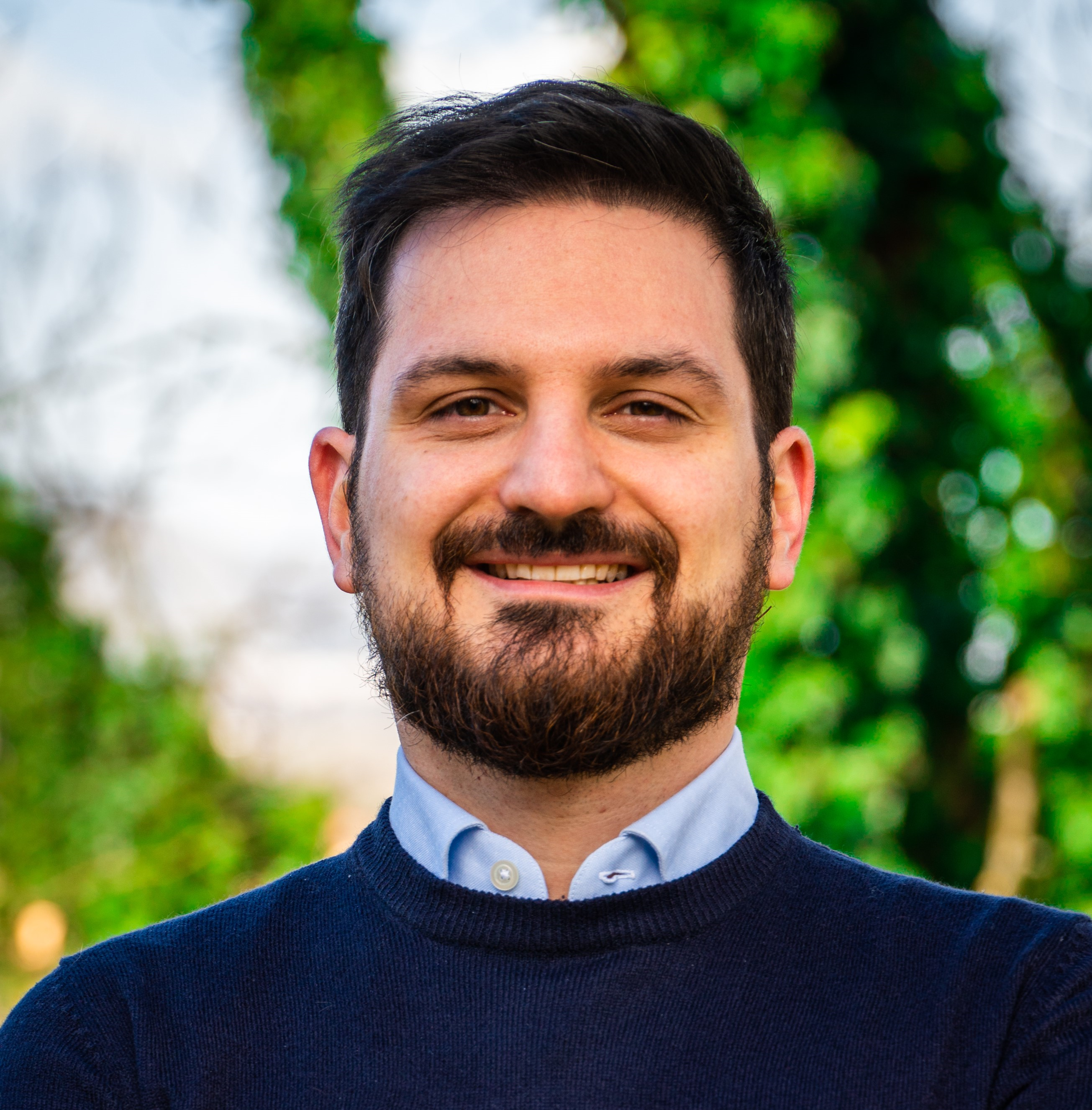
Riccardo PATRIARCA - BE-FOR-ERC 2019
RESCUE
Resilience Engineering for Safety in Complex Unexpected Events
Airplanes, air traffic control towers, critical infrastructures and service plants: these are examples of systems where even small perturbations in performance have an intrinsic potential for disastrous consequences, often generated by unexpected behaviors. In recent years, the technological evolution linked to automation and digitalization has made the interactions between technical, human, procedural and organizational aspects of each system extremely dynamic. The notion of ‘complex socio-technical systems’ is used to characterize this symbiotic link.
Starting from the theory of Resilience Engineering, this project aims to develop a multi-method approach for the analysis of complex socio-technical systems through a multidisciplinary perspective that extends traditional risk analysis with network theory and dedicated ontological formulations. By modeling the structural and functional relationships of a system, RESCUE aims to extend the applicability of the Functional Resonance Analysis Method (FRAM) with network analyses based on the concept of multiplex networks. Initially the analysis will be developed in the context of operational safety management for aviation, to obtain then a conceptual formulation extensible in other domains.

Silvia PICAZIO - BE-FOR-ERC 2020
Cerebellar
Cortical networks in self-regulation of eating control
Silvia Picazio is a post-doc researcher and a clinical psychologist specialized in the use of cognitive-behavioral therapy. Her research interests have always concerned the use of non-invasive stimulation techniques for the study of the healthy and pathological human brain, with particular attention to the cognitive functions of the cerebellum. The goal of her project “Cerebellar-cortical networks in self-regulation of eating control” is to demonstrate that cerebellar activity is crucial in controlling eating behavior. For this purpose, Dr Picazio is characterizing healthy volunteers and patients suffering from anorexia nervosa through a combined approach of neurophysiological techniques and cognitive experimental paradigms aimed at investigating the cortico-cerebellar networks and inhibitory control processes related to food stimuli. The FOODCONTROL project is also designed at studying the effects of the application of transcranial direct current stimulation (tDCS) to the cerebellar cortex in order to identify innovative intervention strategies in anorexia nervosa. The information acquired through a combination of behavioral and advanced neurophysiological approaches (double pulse transcranial magnetic stimulation -TMS- combined with high intensity electroencephalography- EEG) will be fundamental for the understanding of neurophysiopathological and cognitive mechanisms at the base of eating behavior and for the development of innovative strategies of prevention and treatment of eating disorders
ADD SAPIEXCELLENCE
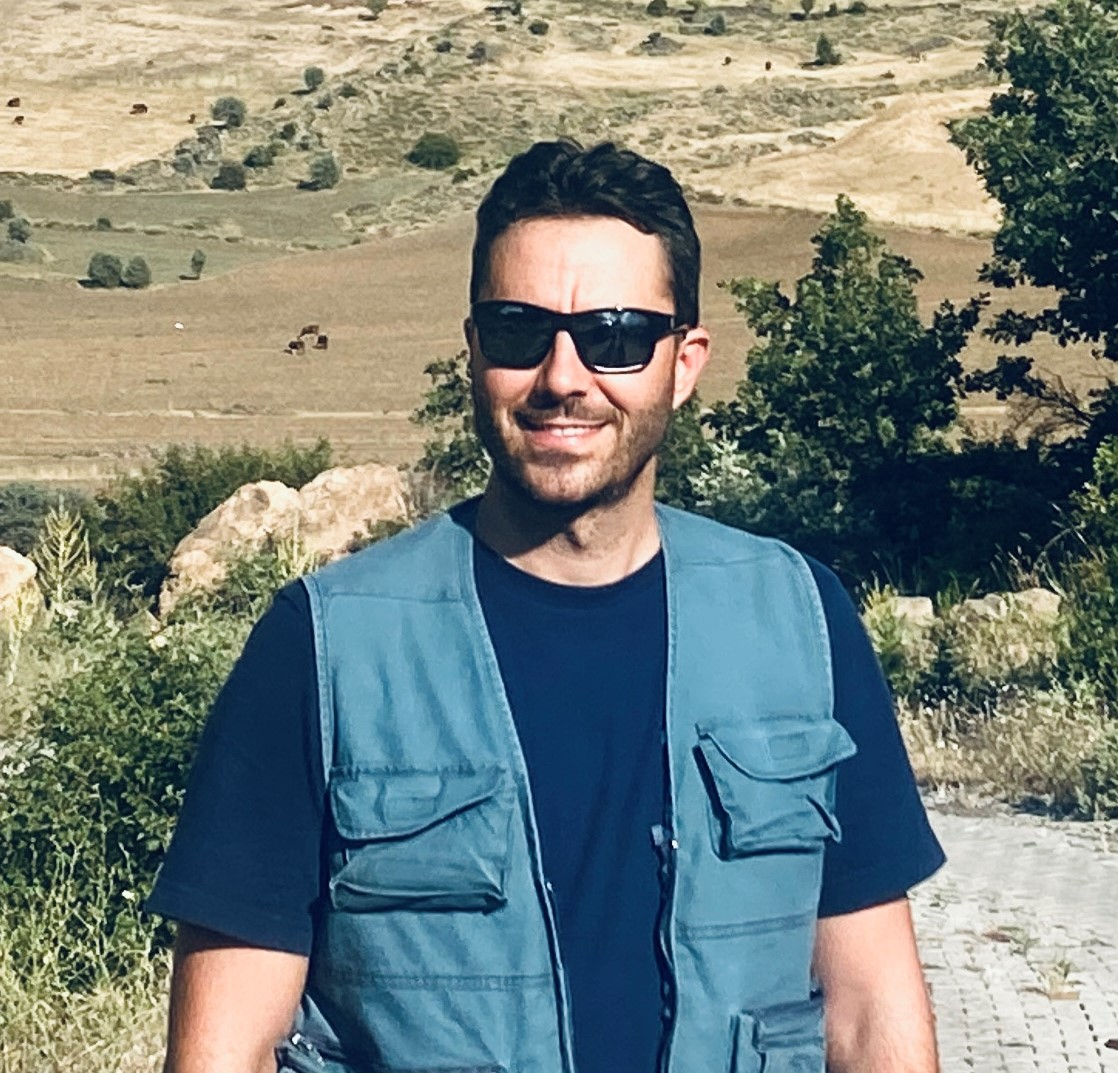 Ivan Sunyé Puchol – ADD 2024
Ivan Sunyé Puchol – ADD 2024
BlaCorTephra
Correlating Central Anatolian tephras to synchronise the Black Sea sedimentary record and evaluate the regional volcanic hazards
This project aims to correlate (crypto-)tephras from a marine core in the southeastern Black Sea through chemical fingerprinting. Some layers match distal ashes from the Campanian Ignimbrite (Campi Flegrei, Italy) and the Minoan eruption (Santorini, Greece), while many others likely come from the Central Anatolian Volcanic Province (CAVP). Using compositional, textural, and chronological data from the MSCA-PÜSKÜRÜM project, we have identified links to Hasandağ, Acıgöl, and Erciyes volcanoes. Ongoing trace element analyses will strengthen these correlations, refine the Black Sea core’s age model, and synchronise it with regional palaeoenvironmental records. This work will also test new Machine Learning tools for eruption correlation and, together with eruptive source parameters, feed ash dispersal models to better assess volcanic hazards across Anatolia, Europe, and the Mediterranean.
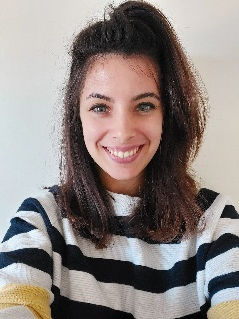
Cécilie EXERTIER - ADD 2018
X-PROBE
Advanced XFEL and synchrotron-based probes of protein structure and dynamics
The ITN X-Probe has impacted upon our understanding of protein conformational
dynamics from femtoseconds to seconds: one of the most challenging problems in structural biology, and yielded technological advancements in diverse fields, from pharmacology to nanotechnology. We developed serial approaches at synchrotron radiation facilities to pursue time-resolved diffraction studies of irreversible protein reactions and we exploited the revolutionary possibilities created by X-ray Free Electron Lasers, which combine ultrafast X-ray pulses with high brilliance focusing capabilities extending time-resolved serial crystallography on unprecedented time-scales. Therefore, we have developed new tools for extracting new insights in protein structural dynamics from femtoseconds to seconds that exploit the extreme X-ray brilliance of current and developing X-ray user facilities. The project builds on the innovation and network created during the ITN X-Probe Action and it is based upon two complementary, interdisciplinary objectives: 1) Synchrotron based Studies of Protein Structural Dynamics; and 2) X-ray Free Electron Laser based Studies of Protein Structural Dynamics. We propose to unveil the structural dynamics of neuroglobin both in the crystal state and in solution by utilizing a set of mutants engineered and produced in the context of the X- Probe collaboration. Indeed, we have recently produced a “CD-less Ngb”, a rationally engineered form of neuroglobin which could allow us, for the first time, to observe the structural events triggered by reversible ligand binding in this intriguing actor in the scene of neuronal cells protection. Therefore, our results will provide understanding of basic principles in protein structural dynamics and pave the way toward understanding the mechanism exploited by neuroglobin to exert neuroprotection upon hypoxia and oxidative/radical insults.
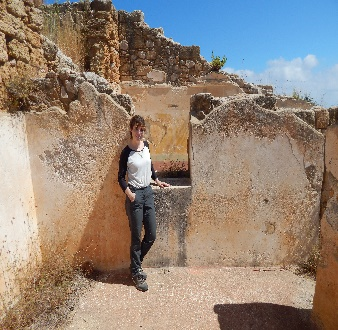
Ada CORTÉS - ADD 2020
TETRASTYLON
Reinforcing an excellent scientific study of a domus with hybrid cultural conception sheltered by a global civilization of antiquity: THE TETRASTYLE CURTYARD HOUSE
Tetrastylon+ aims to broaden the scientific excellence of the knowledge of the Roman domestic architecture focused on the Tetrastyle Courtyard House typology. This new typology has been studied thoroughly thanks to an MSCA Project and has filled an important gap in Roman Architecture and
Archaeology. This ancient house is a hybrid concept of the Greek scheme of the house and a specific Roman courtyard type which usually has been misinterpreted by the specialists. This project allows us to analyse the cultural exchanges between the two main European ancient cultures (Greek/Roman) and their effect on domestic life. The Tetrastylon project (2018-2019) allowed the consolidation, definition, and standardization of this typology in the South of Italy and Sicily. The scientific results have been widely accepted by the scientific community. But now, thanks to the Add SAPIExcellence 2020, this project wants to take one step further. After studying the Western Mediterranean examples, it is mandatory to approach similar issues and carry out fieldwork on some houses in Roman Greece, applying the same successful methodology and analysis. Tetrastylon+ also wants to create an open web portal following Linked Open Data standards. One of the aims of the project is to freely offer the generated data.
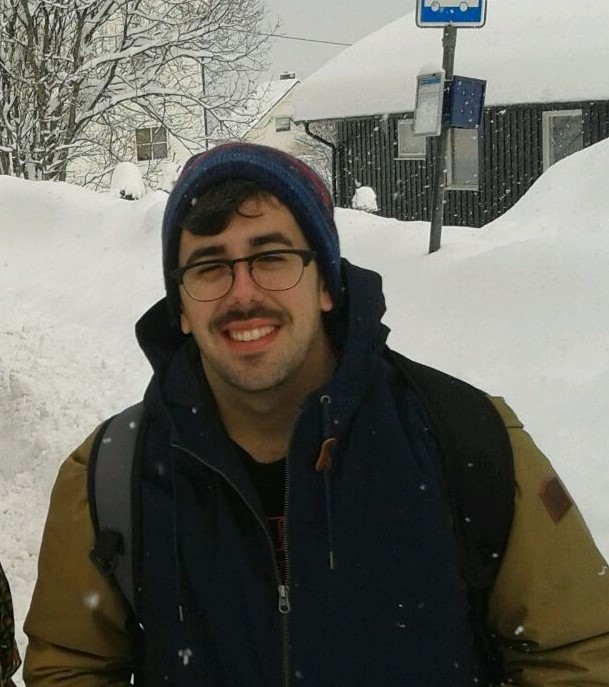
Alvaro CENTRON - ADD 2021
CircCaPath
Role of circular RNAs in cancer pathogenesis
Circular RNAs (circRNAs) are a class of highly stable covalently closed and single-stranded non-coding RNAs which in recent years have emerged as regulatory elements in several diseases including cancer. Thus, understanding their molecular function and involvement in cancer progression is of high importance. Moreover, since circRNAs have been found in the blood, they have been proposed as useful diagnostic biomarkers. In this context, CirCaPath will focus on: 1) the discovery of the role of a specific circRNA, circAFF1, in Rhabdomyosarcoma (RMS), a childhood tumor; indeed, circAFF1 is highly upregulated in RMS and its depletion inhibits the migration of RH4 cells, an RMS derived cell line, 2) the identification of circRNAs that could be used as biomarkers for early detection of RMS and for the study of their progression.
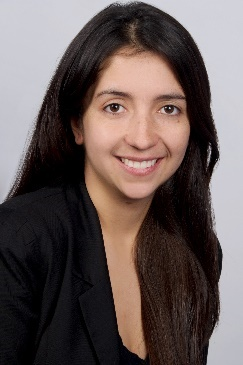
Ivon CUADROS - ADD 2021
FoodNATURE
Food to the power of nature. Enhancing agricultural productivity through biodiversity and ecosystem services in a changing world
Reduced rates of crop production and stagnant yields are deteriorating global food security across the world. The effects of the degradation of natural resources including pollinators decline, pest outbreaks, droughts and eroded soils are overpassing human’s capacity to produce enough quality food for all. At the same time, there is increasing evidence of the essential role of biodiversity to keep multiple ecosystem functions that are critical to food production. Despite this, nature’s input continues to be overlooked by agricultural scenarios, compromising the possibility to achieve the Zero hunger – Sustainable development goal. Through a systematic review of wild pollinators and crop dependency, I will measure crop susceptibility to declining pollinators. Based on species’ ecological requirements, and a combination of spatial records and environmental variables, I will model future pollinator distribution and availability, under different scenarios of land use and climate change. The model will highlight crops and regions with a major risk of disruption due to a pollination gap and will also help to define landscape management actions that support the long-term sustainable production of food through the conservation of biodiversity.
SEAL OF SAPIEXCELLENCE

Chiara SORGENTONE - SEAL 2020
BOUNDARIES
Boundary Integral Methods for Smooth and Fractal Surfaces
In recent years, the boundary integral method (BIM) has proved itself to be a valuable tool for the solution of many physical and engineering problems. One of the main advantage of this approach is that the equations are defined only at the boundary, which then plays a key role. The project will compare the application of a BIM respect to different geometries: (a) smooth surfaces with spherical topology and (b) fractal domains. We are interested in those problems with large surface to volume ratio, where the dynamic at the interface is very important and it is then natural to consider integral equations. Specific motivations with physical applications arise for both cases a) and b): a) We want to study surfactant-covered drops in electric fields: the surfactants are compounds that change the surface tension between liquids and are widely used in engineering applications. This quantity lives on the interface only and follows the surface convection- diffusion equation which is coupled with an evolution equation for the surface (Stokes equations). The effect of the electric field is studied with the Leaky Dielectric model, that we solve using a BIM, that is also used to solve the Stokes equations. We will investigate: 1) different approaches to deal with the Laplace-Beltrami operator that appears in the convection-diffusion equation for the surfactant; 2) the effect of the surface charge convection on the full Melcher-Taylor Leaky Dielectric model. b) We consider Venttsel’ problems in fractal domains. In the framework of heat propagation, a Venttsel’ problem models the heat flow across highly conductive thin boundaries, which turns out to have several applications in physical and industrial processes (e.g. hydraulic fracturing, electrochemistry etc). We will reformulate this problem using a boundary integral approach for non-smooth surfaces and develop a suitable numerical method to study the problem numerically.
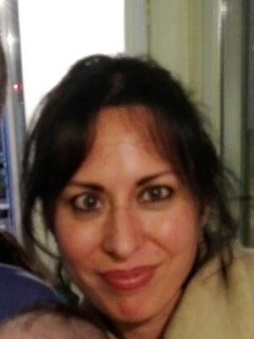
Ada CARUSO - SEAL 2020
InteSS
Integrazione, intellettuali e seconda sofistica: il contributo delle fonti letterarie all’analisi antropologica
The project for the Seal of SAPIExcellence 2020 was developed at the Department of History, Anthropology, Religions, Art history, Media and Performing arts (SARAS) under the supervision of Prof.ssa Laura Faranda. The project is linked to the MSCA IF 2019 proposal, which is based on the integration dynamics in the eastern provinces of the Roman Empire during the age of the Second Sophistic. Particularly, the project looks at some works of the most important authors of this cultural movement (Plutarco, Dione di Prusa, Elio, Aristide, Luciano, Libanio, Temistio, Sinesio), in which the project aims to find messages of social integration, with a focus on women, strangers and members of different religions. The aim is to build a strong ideological frame for the project to be submitted to the MSCA IF call 2021 and to build an initial data collection. In agreement with the supervisor, besides the research activity, also dissemination activities are scheduled.
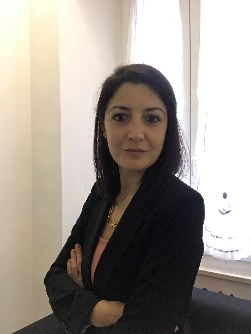
Maria MORENA - SEAL 2020
EMOCANNABINOID
Endocannabinoid-mediated neuroglial communication and regulation of contextual fear extinction under stress: implications for the treatment of trauma-related disorders
It is assessed that more than half of the population of the western countries went through a traumatic event in their life and that roughly 1 person out of 12 suffered from PTSD (post-traumatic stress disorder). Nevertheless, since today the brain mechanisms that regulate this pathological condition are largely unknown, current therapeutic approaches are only partially effective. Moreover, the problem is even more complicated as in the process of erasing traumatic memories a high level of stress is implied, which affect the functionality of the hippocampus, an important region of the brain linked to the erasing process of the fears. Since research studies on animals showed how the empowerment of the endocannabinoid system facilitates the process of erasing, it is fundamental to understand how to use the association between the endocannabinoid system and the PTSD, in order to develop new therapies for this pathology. Through a combination of electrophysiology techniques and behavioural pharmacology, this project aims to identify how stress affects the process of erasing traumatic memories and the engagement of the endocannabinoid system. The results from this study will play an important role in the development of new therapeutic approaches for people suffering from PTSD, whose number is rapidly increasing after the outbreak of Covid-19 pandemic.
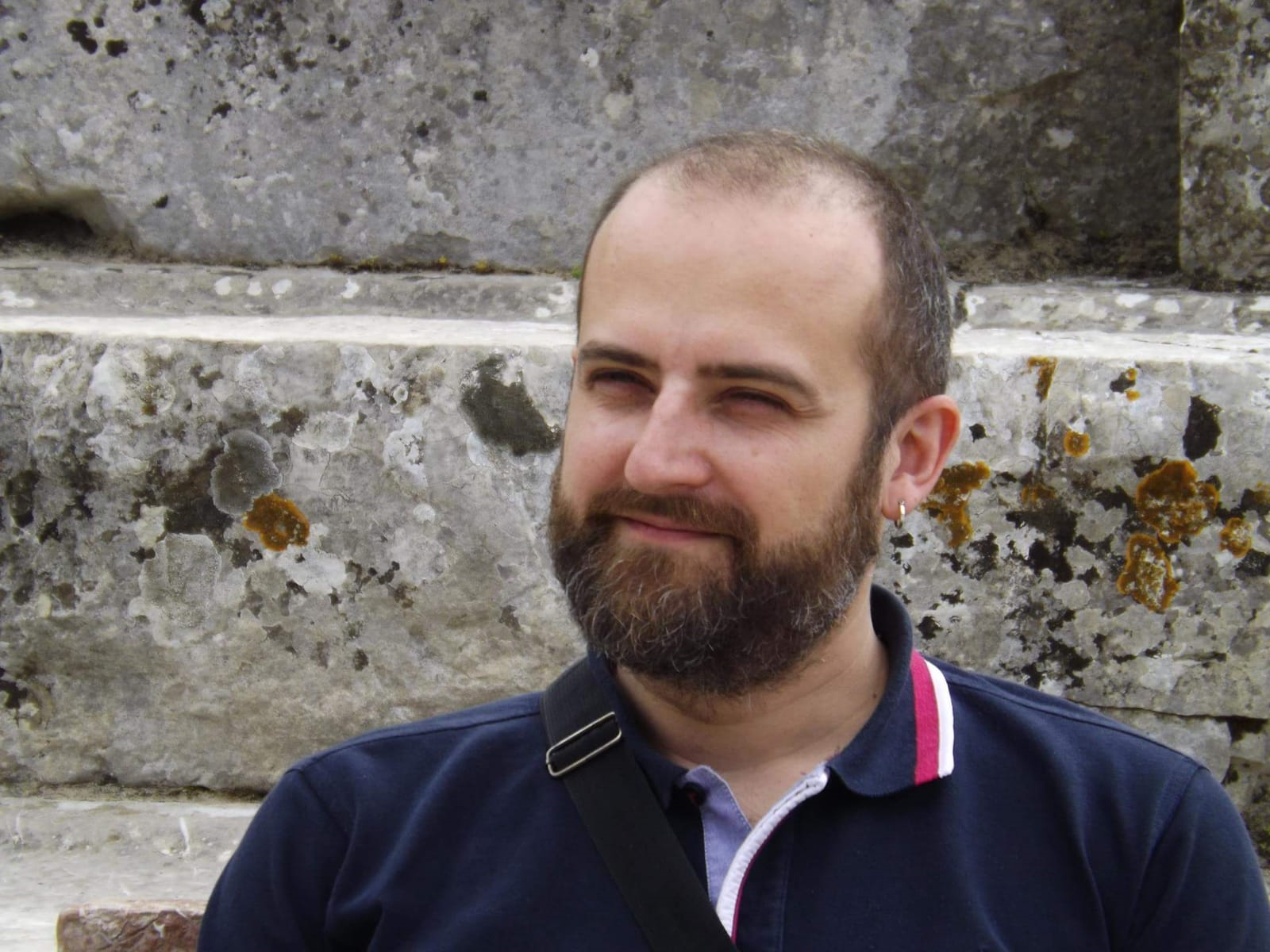
Giorgio FERRI - SEAL 2020
RITMO
The place-making function of ritual movement in Roman religion
Ritual movement, that is movement of individuals or groups on a more or less fixed route for religious causes or purposes (e.g. processions), always played a significant role in the religious life of Romans. Nevertheless, so far not enough attention has been paid to its fundamental place-making role: therefore, RITMO aims to investigate the impact and consequences of the continued performance of ritual movement on the cultural, social and physical creation of religious places, thus of collective identity and memory, in ancient Rome (8th cent. BC – 5th cent. AD). RITMO will explore two important yet less considered case studies of key ritual movements in Roman religion, the Salian rituals and the transvectio equitum, in order to better understand how such rituals shaped (and were shaped by) emotions, identity and memory processes – during and after the ritual performance – by finally becoming embedded in Rome’s sacred landscape. The project will compare these case studies with better studied examples of Roman ritual movements (e.g. the Matralia and Lupercalia) through an updated historical interpretation, an interdisciplinary and holistic approach that pays attention to long-term processes and to the agency of individuals (both men and women), and by taking into account the recent approach called ‘spatial turn’. Comparison, spatiality and an interdisciplinary approach will significantly enhance the understanding of such an essential kind of ritual performance in ancient Rome.

Christophe Levaux - SEAL 2021
ROMAVANTGARDE
The musical avant-garde in Rome in the 1960s: actors and networks in music history
ROMAVANTGARDE aims to reveal a particular phenomenon in the history of music: the effervescence of avant-garde networks in Rome during the 1960s. This phenomenon saw the first steps of influential figures to come: Frederic Rzewski, Alvin Curran, and Ennio Morricone. But it is also of particular interest as it involved a large number of artists from varied national and cultural horizons, connected diverse institutions (schools, bars, religious establishments), and saw the encounter of various genres (art music, jazz, and popular music) to create original repertoires. As a consequence, this is an ideal case to show how art music creation—despite the enduring paradigm of the individual genius—is a collective phenomenon involving human, but also nonhuman actors (institutions, artifacts, ideas). To do so, ROMAVANTGARDE will draw specifically on Actor-Network Theory (ANT), but also on Social Network Analysis (SNA). Through this case study, ROMAVANTGARDE aims to advance knowledge on the history of twentieth-century music and to reveal Rome as a cosmopolitan city actively participating in the construction of the European musical landscape. At the same time, It aims to further research on creativity and to encourage the recent exchanges between network theories and music studies.
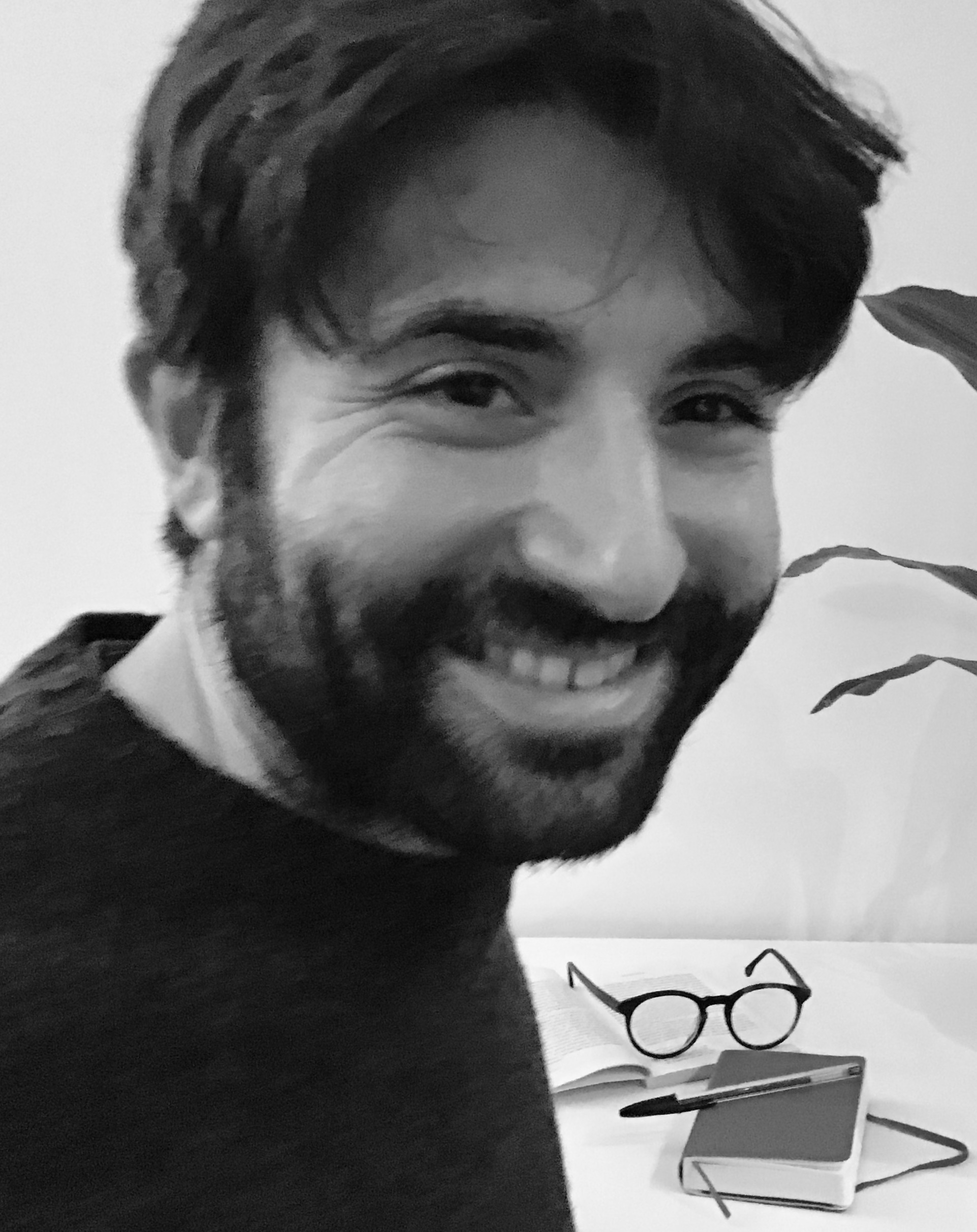
Nicolò Palazzetti - SEAL 2021
OPERAFANS
Opera, Cyberfandom and Digital Communities in the Web Age
Today, interactions between audiences and theatres occur to a significant extent via online platforms, digital media and apps. This project is a pioneering study of the impact of these transformative technologies on opera fandom. Although recent research has begun to address the digital dissemination of opera, the phenomenon of online fandom remains under-researched. Situated at the intersection of musicology, sociology and media studies, the project will ask how opera fans perform their passion digitally. This will entail the investigation of their interactions on the web, but the project will also consider how cyberfandom intersects with traditional fan behaviour. The project is a timely reconsideration of the legacy of past audience practices and an examination of possible futures, not least at a moment when a global pandemic is challenging our conceptions of live performance. First, the project re-examines key features that have characterised the history of opera consumption: the star system, the rise of audiovisual technologies, and the spatial history of the ‘peanut gallery’ (i.e., the top gallery in a theatre where the cheaper seats and the most vocal opera lovers are traditionally located). Second, the project envisions future relations between theatres and audiences in a mediatised society in which the divide between stage and screen is constantly re-negotiated. Based on ethnographic research both offline and online carried out in complementary settings (Italy, France, Germany) and contexts (opera houses, online-only performances), the project aims to forge connections between institutions, audiences and researchers. It will engage with theatres and fans, giving special consideration to new initiatives intended to reimagine fan communities in the context of Covid-19.

Francesco Armando Di Bello – SEAL 2021
HY2C
Measurement of the Higgs Yukawa coupling to charm quark using the ATLAS detector at the LHC
The main focus of my research is to improve our understanding of elementary particle interactions. I am particularly interested in a very peculiar process: the interaction between the Higgs boson and other elementary particles called b- and c-quarks. Accurate measurement of this coupling is a milestone for modern particle physics.
To carry out these studies large experimental facilities are built aimed at colliding particle beams of high energy. At the Large Hadron Collider, the most powerful accelerator machine ever built, high energetic protons collide against one another to recreate the physics environment present in the universe right after the so-called Bing-Bang. The outcome of this collision is then detected by large multi-purpose experiments. I conduct my work within the ATLAS collaboration, one of the multi-purpose experiments at the LHC.
In particular, I develop advanced algorithms aimed at improving the challenging task of identifying b- and c-quarks. With these new tools, I am able to study in detail the Yukawa coupling to heavy flavors and try to achieve the best possible measurement of these interactions using the data collected by the ATLAS experiment. A detailed test of these interactions might lead to new, undiscovered paths towards a deeper understanding of the fundamental forces of nature.
International Research Planning and Management Office
Grant Office for individual international programmes
Head of Unit
Giuditta Carabella
+39 06 4991 0416
Staff
Belinda Caparro
+39 06 4969 0428
Rosa Di Stefano
+39 06 4991 0719
Elisa Gigliarelli
+39 06 4991 0359
Tumminelli building CU007
2nd floor, room 211